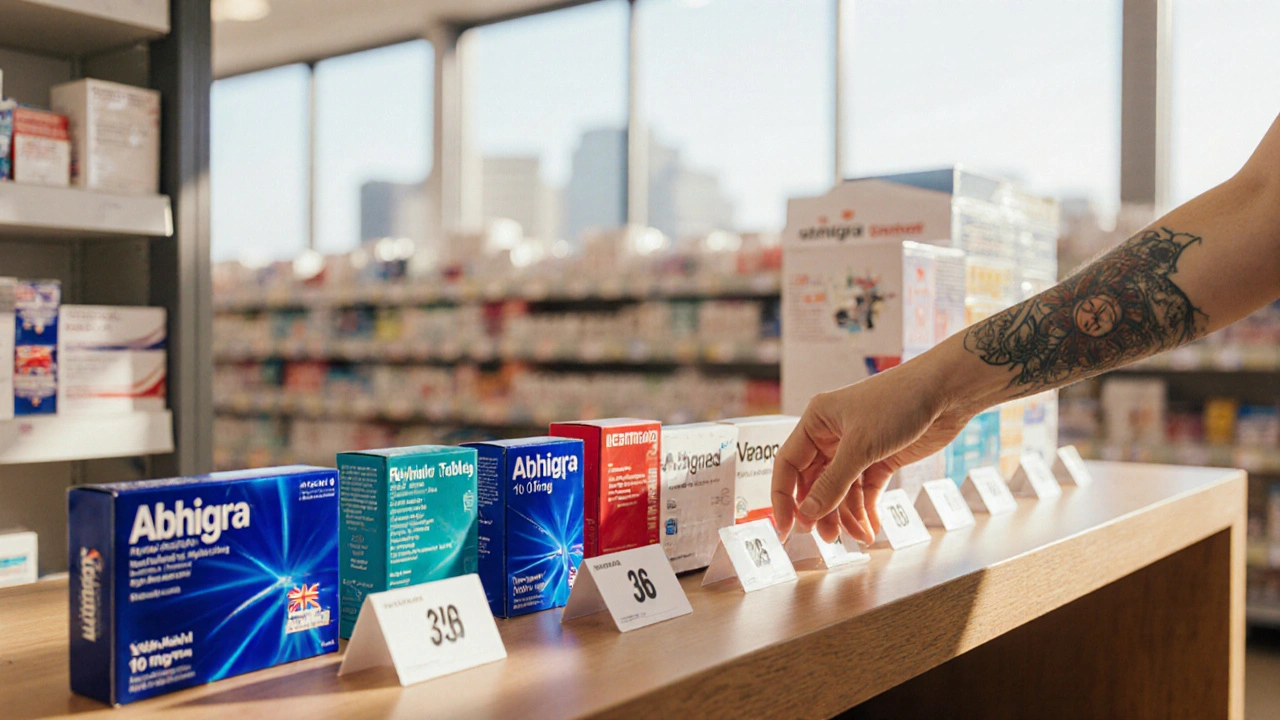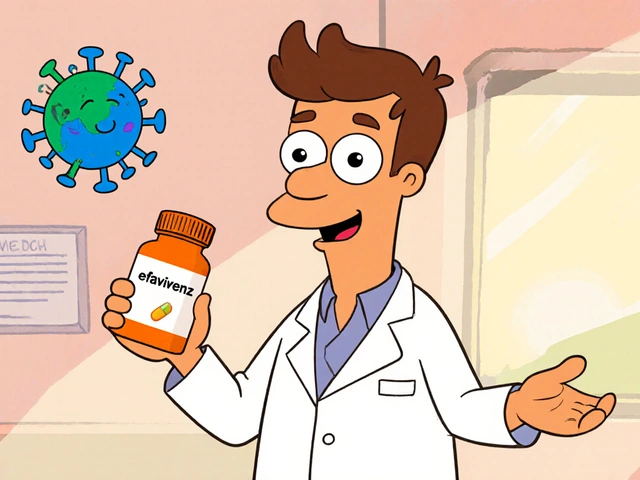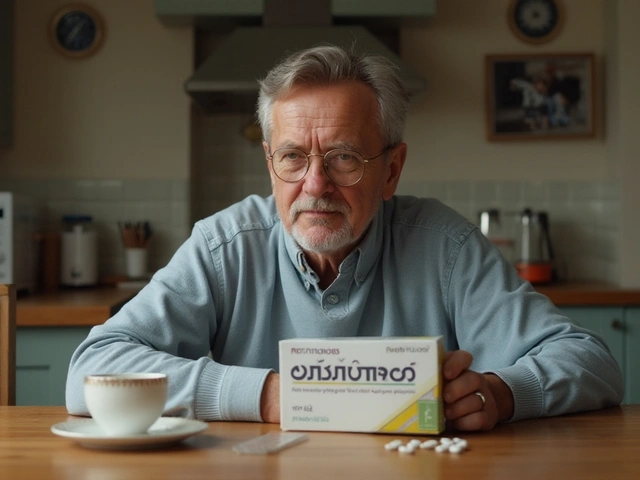Sildenafil: Everything You Need to Know
When working with Sildenafil, a prescription drug that improves blood flow to the penis to help men achieve and keep an erection. Also known as Viagra, it belongs to the class of PDE5 inhibitors and is used to treat erectile dysfunction. Understanding these basics sets the stage for safe and effective use.
The core of Sildenafil’s action is simple chemistry: it blocks the enzyme phosphodiesterase type 5 (PDE5). When PDE5 is inhibited, levels of cyclic guanosine monophosphate (cGMP) stay higher, causing smooth muscle in the penile arteries to relax. This relaxation lets more blood flow in, which is the key physiological step to an erection. In other words, the drug creates the conditions for an erection; sexual stimulation is still needed to trigger the process.
Typical dosing starts at 50 mg taken about an hour before sexual activity, with a recommended range of 25 mg to 100 mg depending on individual response and tolerability. The tablet comes in 25 mg, 50 mg, and 100 mg strengths, and it’s usually taken on an as‑needed basis, not more than once daily. Food can delay absorption, especially high‑fat meals, so many clinicians suggest a light snack or nothing at all for quicker effect.
Like any medication, Sildenafil has side effects. The most common are headache, facial flushing, upset stomach, and mild visual changes such as a blue tint. Rare but serious reactions include sudden vision loss, hearing loss, or prolonged erections lasting more than four hours (priapism). It should never be combined with nitrates (often prescribed for chest pain) because the interaction can cause dangerously low blood pressure. A thorough medical history helps spot contraindications, such as severe heart disease or uncontrolled hypertension.
When comparing to other PDE5 inhibitors, the biggest differences are timing and duration. Tadalafil, sold as Cialis, can work up to 36 hours, earning the nickname “the weekend pill.” Vardenafil (Levitra) has a similar onset to Sildenafil but slightly shorter duration. Choice often hinges on lifestyle: if you prefer spontaneity without planning, a longer‑acting agent might fit better. Cost, insurance coverage, and personal tolerance also play roles.
Practical Tips for Safe Use
Before starting, get a prescription and discuss any heart conditions, blood pressure meds, or other drugs you’re taking. Store the tablets at room temperature, away from moisture. If a dose doesn’t work, don’t double up; wait at least 24 hours before trying again. Watch for warning signs—severe chest pain, sudden vision loss, or an erection that won’t subside—and seek medical help immediately.
Armed with this overview, you’ll be able to decide whether Sildenafil fits your needs, understand how it works alongside other treatments, and recognize the key safety points. Below you’ll find a curated set of articles that dive deeper into dosage strategies, side‑effect management, and comparisons with alternative therapies, giving you practical insight to make informed health decisions.





